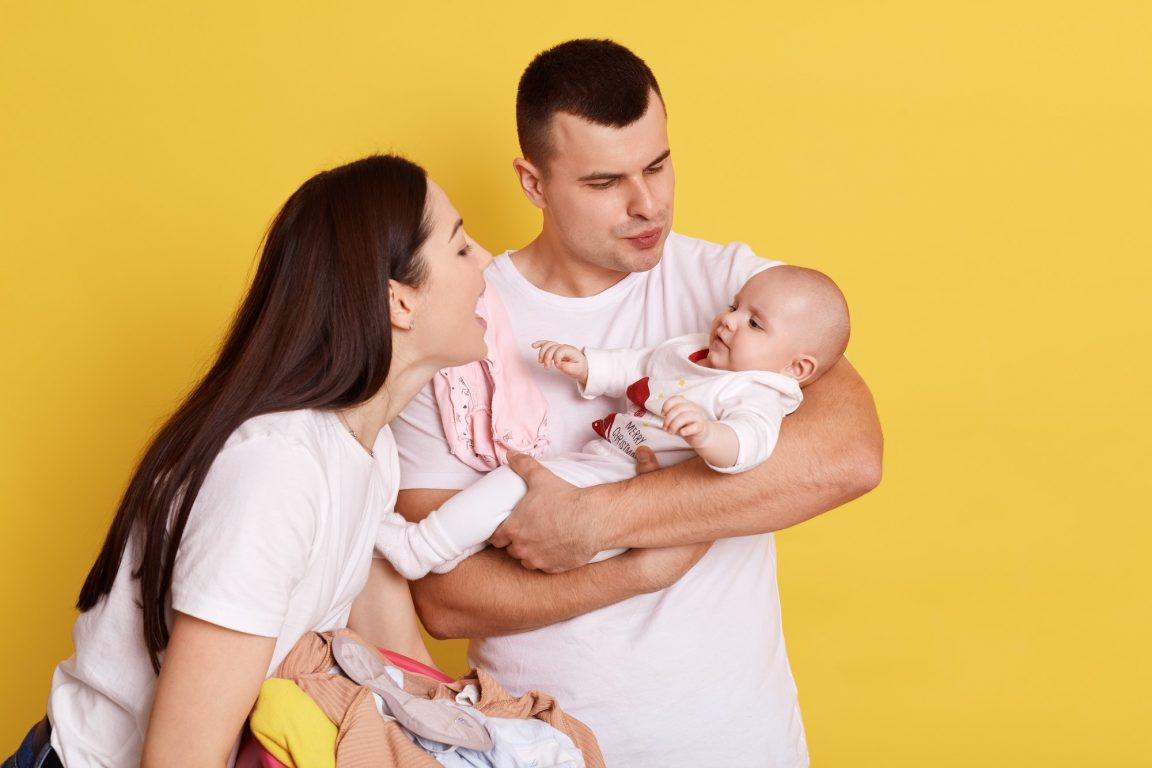Communicating is a social ability that can be taught to a child from an early age. Before babies learn their parents language, they will babble and make noises, as well as play with voices. It is called ‘baby talk’.
The first baby talk is nonverbal and occurs after birth. Babies cry, wince, and squirm to express a variety of emotions and physical needs, ranging from fear and hunger to frustration and sensory overload.
According to a report from WebMD, babies start talking at the age of 3 months. At the age of 3 months, babies listen to the voices of their parents, pay attention to the faces of their parents while speaking, and turn their heads towards the voices they are listening to.
How to teach your baby to speak to prevent speech delay?
- Look at your baby’s eyes when you are talking to them. Pay attention to the ‘codes’ shown from them. Your baby may raise both hands to say that they want to be carried, give toys to say that they want to play, or push food from their plates to say that they have enough.
- Listen to the baby’s babble, whisper and say the same voice back to your baby. Babies try to imitate the voices of their parents and vary the tone to match the word they hear.
- Try to sing along while you are accompanying your baby in various activities. For example, bathing, being carried or when eating.
- Babies are happy to hear the voices of their parents. The more we talk to them, the more the baby will be interested and keep trying to talk.
- Repeat the sound made by the baby. This teaches baby a lesson about listening and taking turns in conversation.
You should make eye contact with your baby, so babies learn how to observe their parents talking to them.

